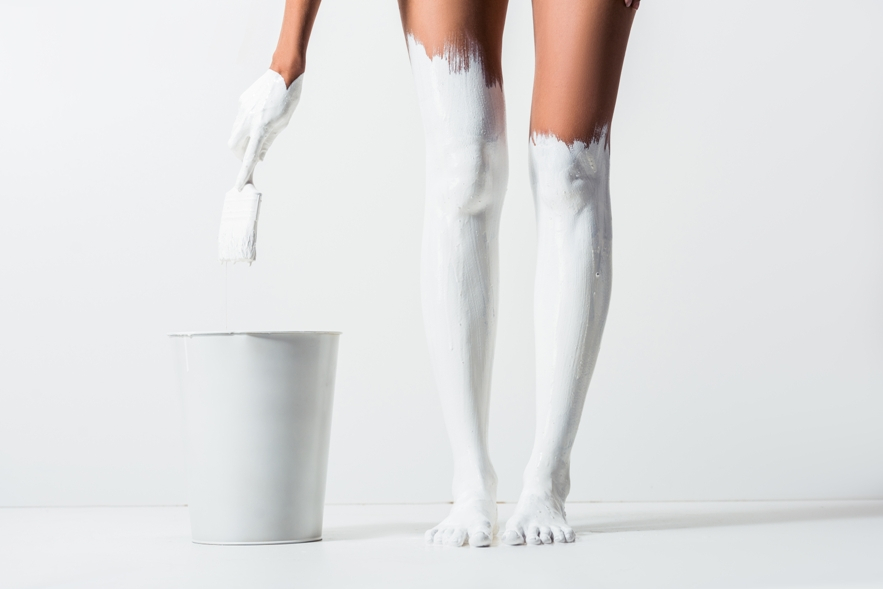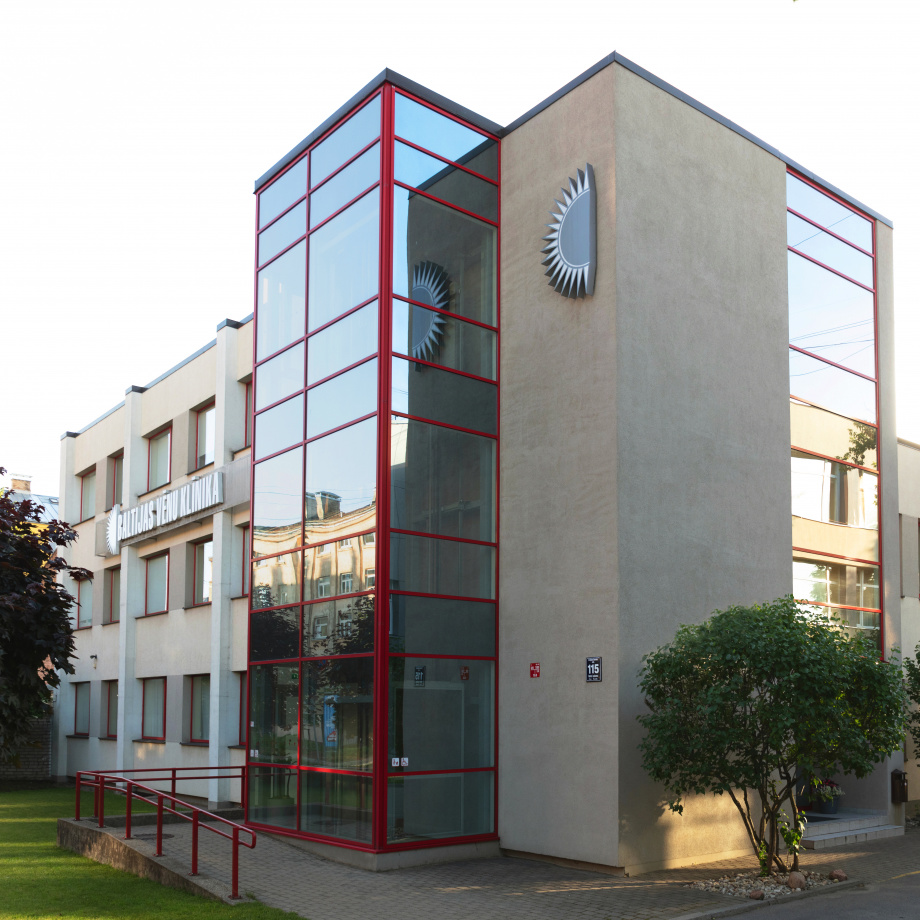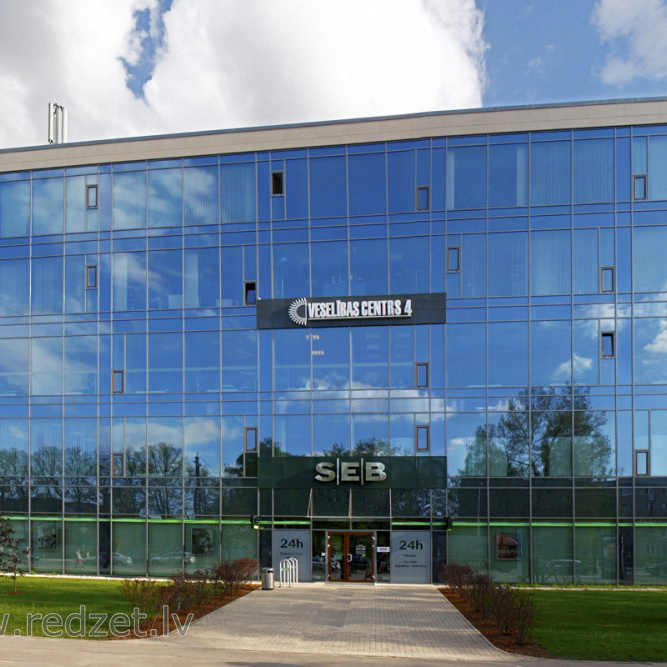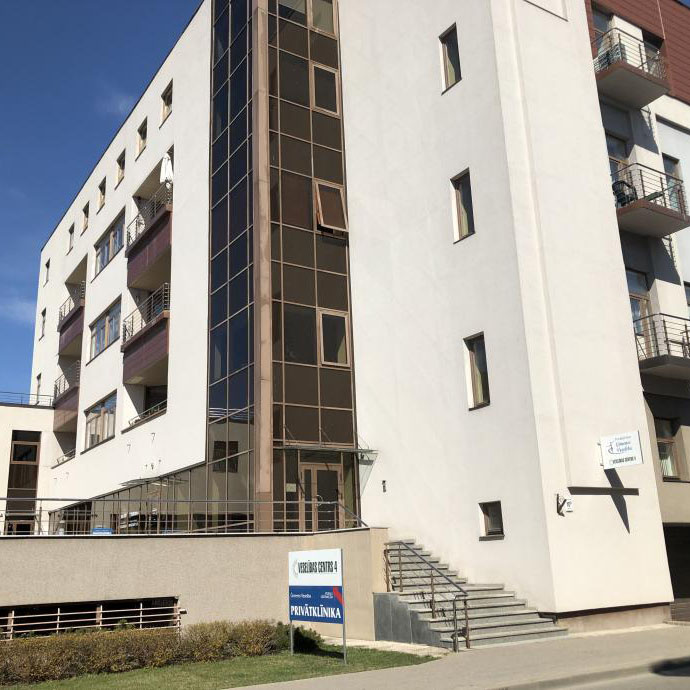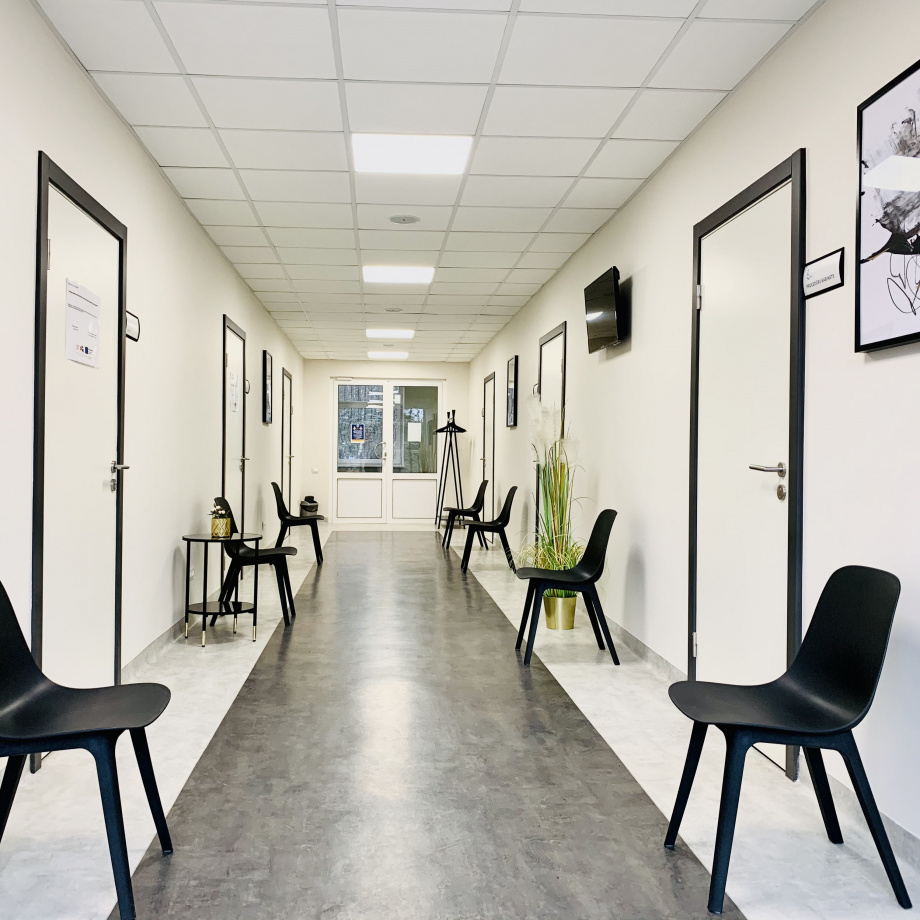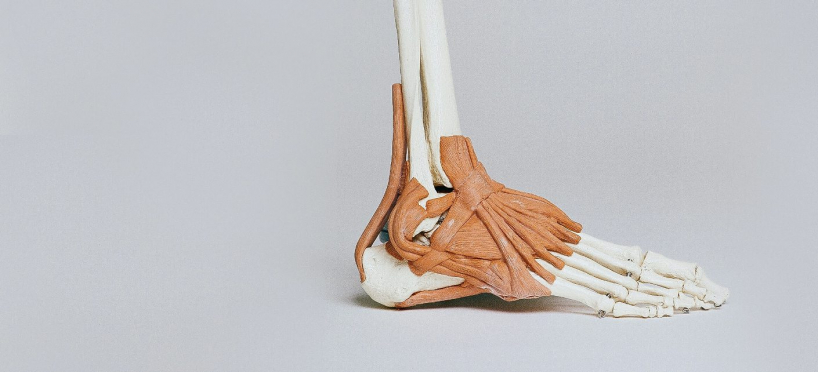
Physical therapy
Physical therapy with treatment methods using physical factors occupies an important place in the combined treatment, medical rehabilitation, and prevention of vein diseases. Physical therapy methods are physiological, therapeutically effective, and harmless to the body.
PHYSICAL MEDICINE IN PHLEBOLOGY
Physical medicine treatments after venous sclerotherapy and endovenous surgery successfully complement the drug therapy prescribed by the doctor and are also applied for prevention. Procedures are prescribed by the attending physician or specialist in physical medicine approximately 7–14 days after the vein surgery and are performed every day or every other day. Doctors usually prescribe 10 to 18 treatments.
For preventive purposes, physical medicine procedures are necessary to eliminate or reduce lymphostasis (stasis of the lymph in the connective tissue). Lymphostasis can cause swelling, painfully sensitive skin, weakness of connective tissue and cellulite.
The effects of physical therapy on vein health:
- increases the tone of walls of the veins;
- reduces the venous pressure;
- contributes to absorption of bleeding;
- reduces the probability of blood clot formation;
- reduces swelling of the legs;
- reduces pain in the legs;
- contributes to lymphatic drainage;
- improves the trophism of soft tissues.
Risks of lymphostasis:
- unhealthy diet;
- insufficient amount of fluid in a 24-hour period;
- insufficient or inappropriate physical activity;
- high heels;
- too tight clothes.
Physical therapy techniques in the rehabilitation period of vein disease:
-
mechanical/manual lymph drainage;
-
darsonvalisation;
-
hydrotherapy.
MANUAL AND MECHANICAL LYMPH DRAINAGE
The lymphatic system takes part in the body's cleansing process (cellular metabolic waste products go into the lymph) and in the maintenance of the immune system. Both health and beauty depend on the lymphatic system.
Mechanical lymphatic drainage procedures in Veselības centrs 4 are performed to treat venous insufficiency and other issues with venous outflow. In our clinic, lymphatic drainage procedures are carried out using highest-class equipment with programmed control and a degree of compression that is adapted individually for each patient!
Course of the procedure
Alternating air pressure is used to massage both legs or the entire body during mechanical lymph drainage. Mechanically dosed airflow compression is ensured during general lymph drainage in the direction from the feet to the hips, from the hands to the waist, and over the scalp, including lymph drainage of the face.
Effects of lymph drainage
- improved blood circulation and lymph flow;
- activated metabolism;
- helps to excrete waste metabolism products from the body;
- reduced fatigue, ensured relaxation;
- prevents the accumulation of excess fluid;
- reduced swelling;
- soothes pain.
Contraindications of lymph drainage
- cardiovascular disorders (high blood pressure);
- inflammatory processes in veins or arteries;
- severe varicose veins;
- deep vein thrombosis,
- thrombophlebitis;
- tuberculosis;
- blood clotting diseases;
- local skin infections;
- cancer.
DARSONVALISATION
The darsonvalisation procedure is widely used in medical treatment and cosmetology. During the procedure, the body is exposed to a high voltage, high frequency alternating pulsed current. The main principle of darsonvalisation is the narrowing of arteries and dilatation of veins.
Darsonvalisation is applied for prevention, treatment, and rehabilitation of venous diseases. In case of venous disease, darsonvalisation is performed on the entire length of the legs and on both sides of the legs.
Course of the procedure
During the treatment, the physiotherapy nurse massages the legs from the feet to the thighs with the tip of a glass tube. During darsonvalisation, the client has a tingling sensation, which does not cause any discomfort.
Effect of darsonvalisation
- darsonvalisation dilates capillaries and arteries.
- improves trophism and metabolism of the tissues,
- increases the tone of walls of the veins,
- reduces pain and itching,
- reduces chronic inflammatory processes,
- reduces swelling.
Contraindications
- cancer;
- cardiac pacemaker;
- vein thrombosis;
- deep vein thrombosis;
- thrombophlebitis;
- tuberculosis;
- blood clotting diseases;
- infectious diseases;
- acute diseases of internal organs;
- skin diseases in local areas;
- elevated temperature.
UNDERWATER MASSAGE
Underwater massage is used for the prevention of venous diseases. The underwater massage is performed according to all general principles of classical massage – during the procedure, a stream of water is directed at specific problem areas in a special bath. The procedure ensures deep effect on the connective tissue, muscles, and joints.
Effects of underwater massage:
- improved blood circulation and lymph flow;
- activated metabolism;
- improved skin and tissue tone;
- reduced fatigue, ensured relaxation
Contraindications
- cancer;
- vein thrombosis and varicose veins;
- deep vein thrombosis;
- thrombophlebitis;
- tuberculosis;
- blood clotting diseases;
- cardiovascular diseases;
- acute skin diseases;
- fever, elevated temperature.






